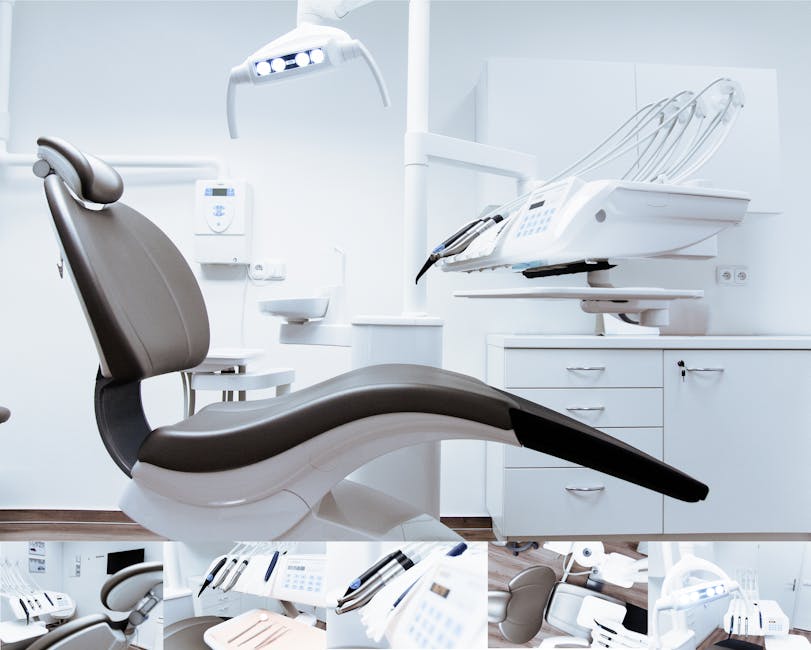A 10-Point Plan for (Without Being Overwhelmed)
 Tooth Extraction – What it is as well as Just how it Works
Tooth Extraction – What it is as well as Just how it Works
Words tooth removal may evoke ideas of people that lately had their teeth pulled or those of individuals with decomposing teeth that have to be extracted. The term tooth extraction actually puts on any type of sort of operation that removes teeth from the jawbone (alveoli). Words extraction really derives from Latin roots which indicate to pull or tear out. Dental extractions are often provided for a variety of reasons, yet most of the time, to eliminate teeth that have ended up being infected, stained, or otherwise unsightly. An oral tooth extraction generally occurs when a client has actually disregarded to take care of an infection that began to grow and triggered the tooth to rot. Other reasons people may seek tooth extraction include emergencies where teeth are damaged or infected, teeth that have been badly split or smashed, teeth that have actually gone through some kind of injury, or teeth that require some form of oral fixing because of aging. In most cases, oral tooth extraction will certainly be come with by root canal treatment. Root canals can be very unpleasant, and in many cases, they can not be executed alone by a dental practitioner, so she or he will certainly need to do the root canal procedure along with the removal. When a person has a tooth extraction, she or he may experience several of the following: pain or inflammation around the removal site, missing teeth, swelling, difficulty breathing, and/or jaw discomfort after drawing teeth. As previously mentioned, tooth removal is usually come with by some type of dental surgery. When the individual has a tooth that is badly damaged, it might be needed to have surgical treatment for it to heal properly. If it is not required for dental objectives, the client may be encouraged to avoid taking in specific foods. Many people that experience tooth extraction state that they were advised to refrain from consuming soft foods for a day or 2 following the procedure. This order might be hard to adhere to, so your dental expert may advise that you surrender soft foods for a week or more. There are different kinds of dental procedures that can be done after removal. One of one of the most usual treatments is called an osteotomy. An osteotomy is when the doctor eliminates a bone from your jaw (with the help of titanium screws) and reattaches it to your skull. This treatment can be very agonizing, but in many cases, it does not need any kind of anesthesia. Nevertheless, some dental practitioners do choose to make use of anesthesia in order to ensure that the procedure goes smoothly. A small bone fragment is likewise sometimes drawn out during a dental surgery. It is called a periapical extract, as well as it originates from your top jaw. Your dental expert might make a decision to place a catheter and video camera on your tongue throughout the treatment to aesthetically examine for any issues with the blood clot and also the outlet that it is securing. If you get an anesthetic and your dental professional determine that you need to have general anesthetic, there will be a longer duration of healing before the surgical procedure really starts. You will possibly feel some pain and might even have some discoloration or swelling around the laceration website. Lots of people recuperate well in a day or more. Nonetheless, if the procedure entails a large socket, then you may need a few days of recovery before the last stitches are eliminated.